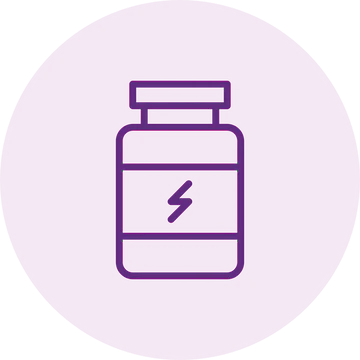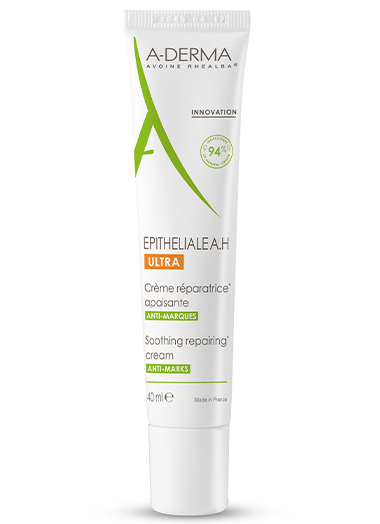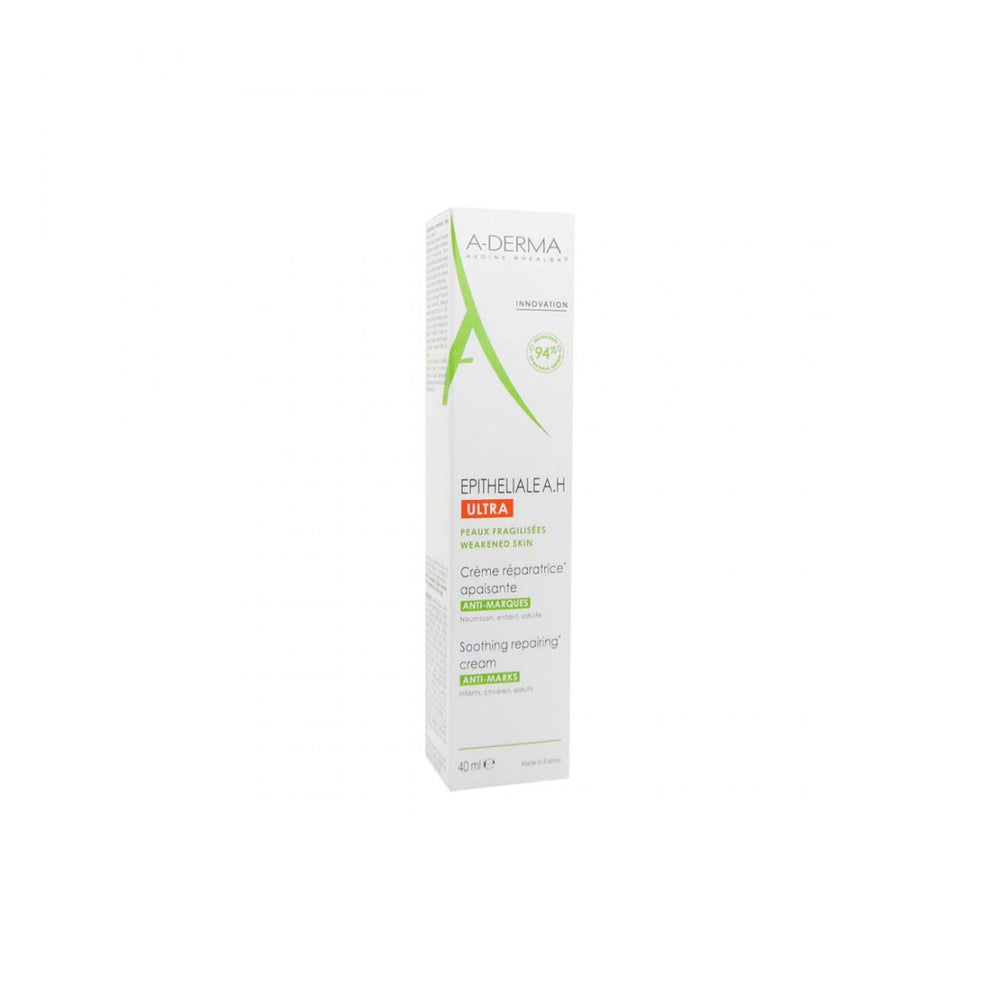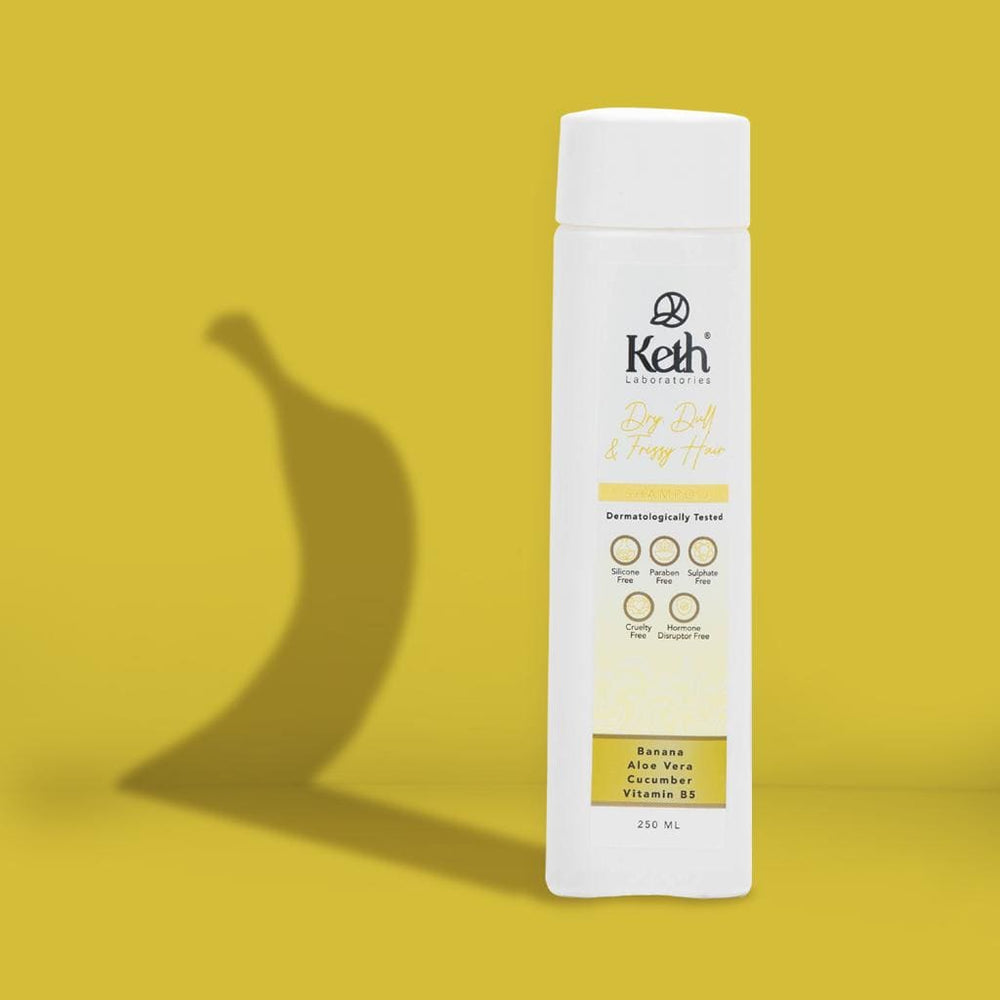MESOTHERAPY: THE BASIC GUIDE
MESOTHERAPY: THE BASIC GUIDE
Little, infrequent, and suitable. French physician Michel Pistor, one of the "fathers" of mesotherapy, encapsulated the essence of this minimally invasive cosmetic medical practise in the following words. This therapy keeps gaining popularity because of its effective results, long-lasting effects, low risk of adverse effects, and relevant treatment guidance and use.
Only superficial microinjections into the dermis are used in this medical treatment. To help you comprehend the idea, we will explain this method and discuss its different applications and variants.
The term "mesotherapy"
Michel Pistor himself gave one explanation of mesotherapy: it comprises providing drugs intradermally at intervals that are greater than necessary if delivered through other means, in very small amounts to reduce iatrogenesis, or secondary damage brought on by the drug's administration.
In the 1960s, 1970s, and 1980s, mesotherapy—which had previously been employed in acupuncture and to treat acute pain—became increasingly relevant as a result of the incorporation of mesotherapy firms, first in France and subsequently abroad. In France, a country that pioneered mesotherapy, the specialty was formally recognised in 2003.
The principles and techniques of mesotherapy are founded on numerous assumptions that have been developed over time by numerous prominent medical personalities (Pistor, Bicheron, Kaplan, Gancedo, etc.)
The delivery of medication in a specific region has an impact on the microcirculation, immunological, and neurovegetative lesions.
What is the purpose of mesotherapy?
In general, mesotherapy supports healing and the healthy operation of our body's numerous organs. Its effectiveness depends on having a good understanding of injection techniques, which must be customised for each situation, as well as having a proper selection of bioregulatory drugs and chemicals (to each patient and each problem).
This technique has been used frequently in physiotherapy for sports injuries (mainly muscle related). It has also been used to treat inflammatory diseases, arthrosis, and particular issues with ligaments and tendons.
Additionally, dermo-aesthetic procedures routinely use it. Mesotherapy has been proven to be successful in treating skin ageing and its obvious symptoms, such as wrinkles and changes to the silhouette, in dermatology and cosmetic medicine. Additionally, it generally improves the skin's hydration, turgor, and suppleness.
What other forms of aesthetic mesotherapy exist?
Based on where it is used, medical-aesthetic mesotherapy can be classified into three primary categories: capillary, body, and facial. Regardless of the injection methods employed, this is accurate (dry or wet mesotherapy; intradermal nappage, point by point, intradermal papule, or tracer injection). Mesoestetic® approach each of these areas as dermo-aesthetics professionals in an effort to answer every need and issue that emerges in the dermatology and aesthetics fields.
Facial area
Priority facial regions include those that are more prone to premature ageing, and these regions can be identified by the expression lines that are frequently present there, such as crow's feet, forehead wrinkles, glabellar lines, puppet lines, barcode wrinkles, nasolabial and mentolabial folds, etc.
Body area
The thighs, buttocks, knees, back, and sides of the body should all receive consideration. This method is also widely used to treat the parts of the body that age the fastest, including the neck, lower tummy, hands, and upper arms.
Capillary area
Not least of all, the capillary area is impacted by problems including hair loss and decreased hair volume and density. Under ideal circumstances, mesotherapy supplies nutrients and active chemicals that stimulate the follicle, revitalising it and increasing microcirculation, which lowers hair loss and promotes hair growth.
And how about the cost?
The personalised method that the medical professional feels most appropriate in each circumstance affects the cost of mesotherapy treatments.
To analyse your specific condition, kindly seek the advice of a healthcare specialist at all times.




































































